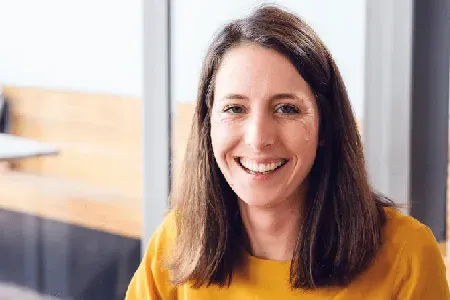Women in engineering
By MAS Team
Kaye Clark, Advisor in the Safety and Environment Group at New Zealand Transport Agency, was among five female panel members who presented at Engineering New Zealand’s Trailblazers’ Lunch event in October. The event, held at MAS, was celebrating Suffrage 125, the anniversary of women fighting for the right to vote in New Zealand. Clark says the design of the modern workforce needs to change to allow more diversity.
By Kaye Clark
The workforce in its current form isn’t set up for women to succeed. We still see leaders – largely men – working long hours and not role modelling work-life balance. We still see women going on maternity leave, or a parent leaving early to pick up their kids from school as a negative.
Change is happening and I think new generations will help to push this. As it stands it is difficult for women to rise to management levels within many professions including engineering.
I was recently made aware of my own unconscious bias. A woman in my team announced she was pregnant with her third child. She would be going on maternity leave for six months. My reaction was one of dismay at losing her, but she corrected me. She said when she came back after maternity leave she would be invigorated with fresh ideas and hit the ground running.
We don’t always make it easy for women to re-enter the workforce. We also don’t necessarily understand the headspace they’re in when they come back. It seems they’re often penalized quite heavily for the time they spent on maternity leave and the requirements of raising children while also having a career.
This needs to change. If we want young women coming into the workforce and staying we’ve got to acknowledge that spending time looking after the family is simply a part of the process. And it’s not just women. Increasing numbers of men are looking to be primary caregivers. We need to make room and allow for different ways of working to accommodate.
Women can also struggle to find a way to lead that represents them and gives them the right balance of authority and approachability. From early in my career I was always quite worried about how women present because we are in a male-dominant profession. You see a role model of what the senior managers should look like and you think you also need to be that decisive. As a result, you suppress your emotive reactions. Everything becomes ‘let’s stick with the facts and not look hysterical or show too much emotion’.
As I progressed through my career and got more confident, I brought more of those emotive reactions into the way I manage. But I have had feedback from staff that at times I tended to be cold and calculating. I think that’s a reaction of trying to be a certain way to fill that role.
It’s a common source of conversation. We talk about women in senior roles that behave like women and women who seem to behave in a more masculine way. While we’ve still got that language floating around then perhaps we don’t have the confidence to be who we are. I think the millennials will help us change that, but we’ve still got a way to go.

Professionals across the country are proving that you can have creative side hustles as writers, playwrights and artists no matter what line of work you do and how busy you are. Here is Andrew's story.

There are multiple ways to invest and grow your money, learn about term deposits and managed funds.

Workplace diversity initiative for engineering and architecture students in New Zealand to meet demand and how one female engineer is making change.